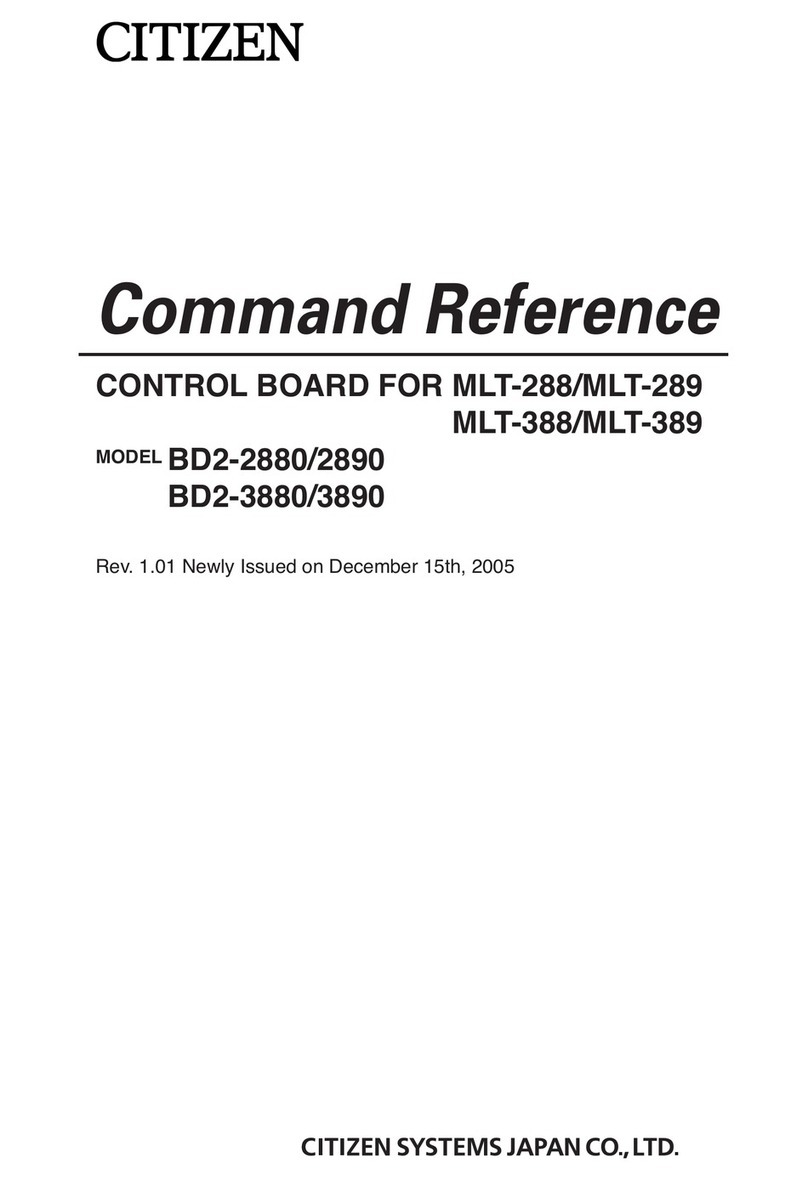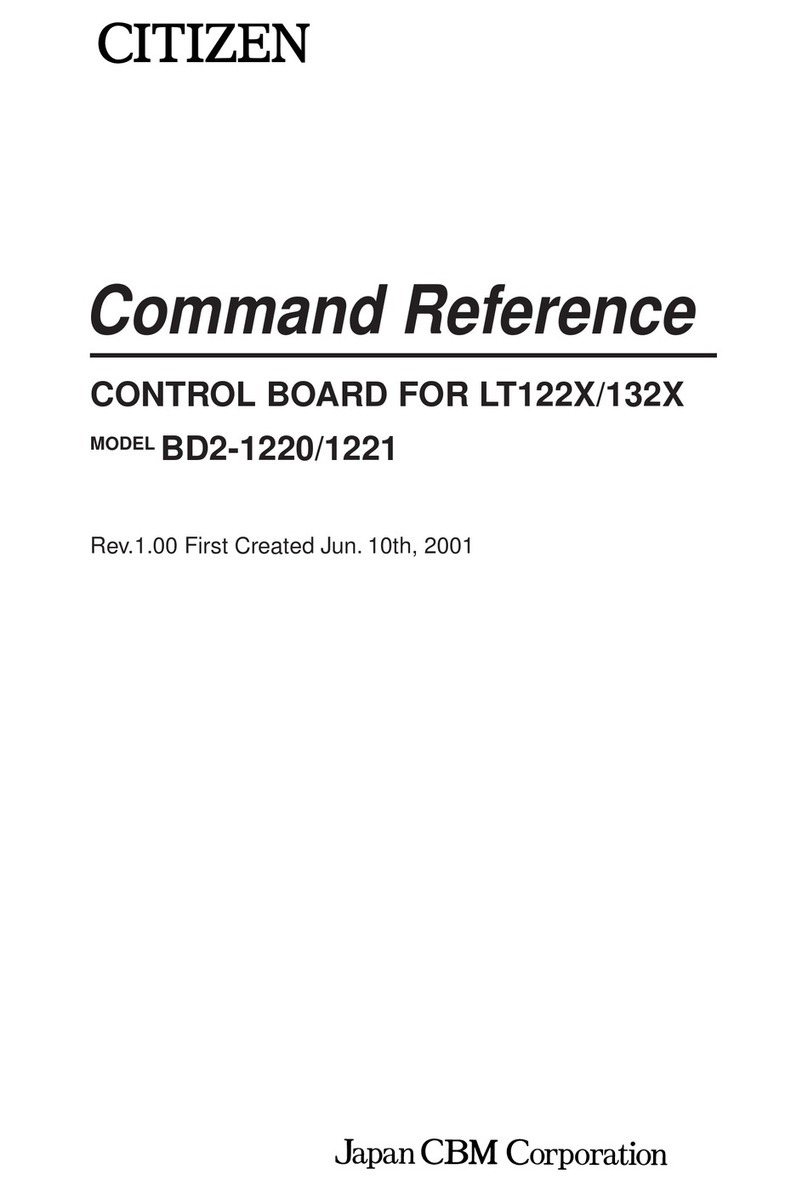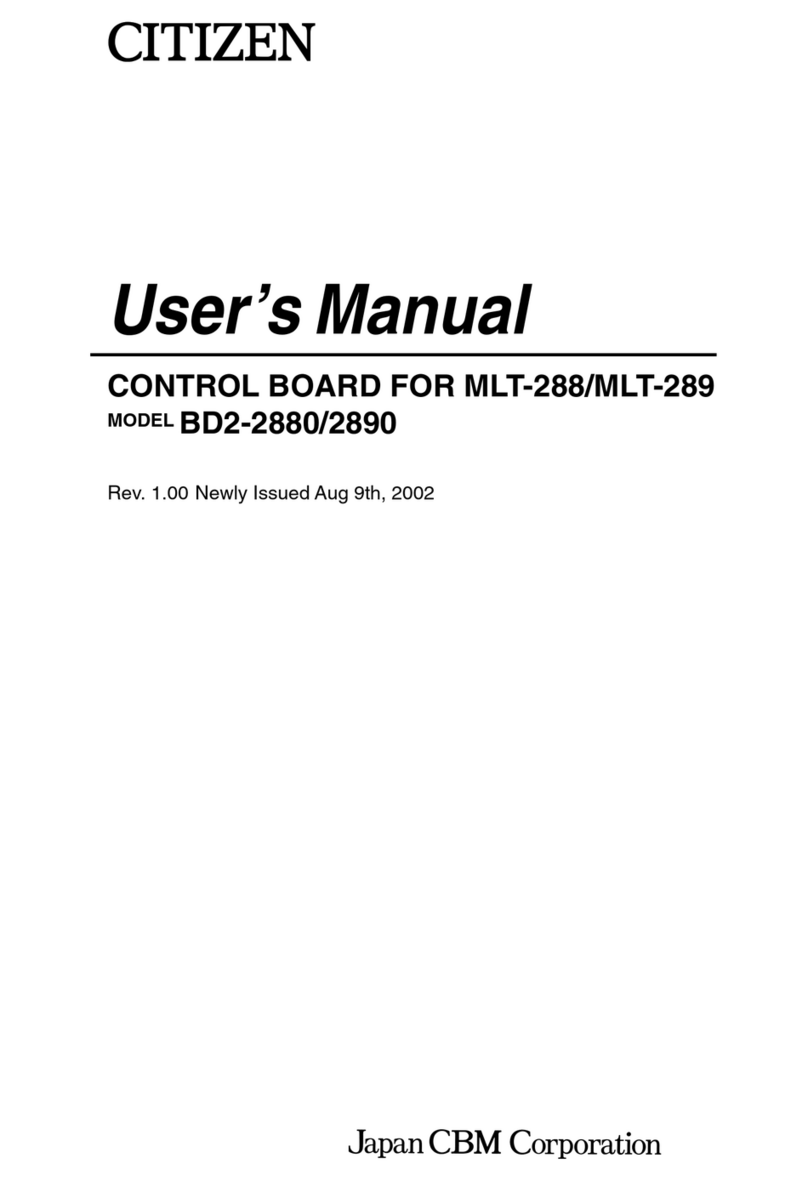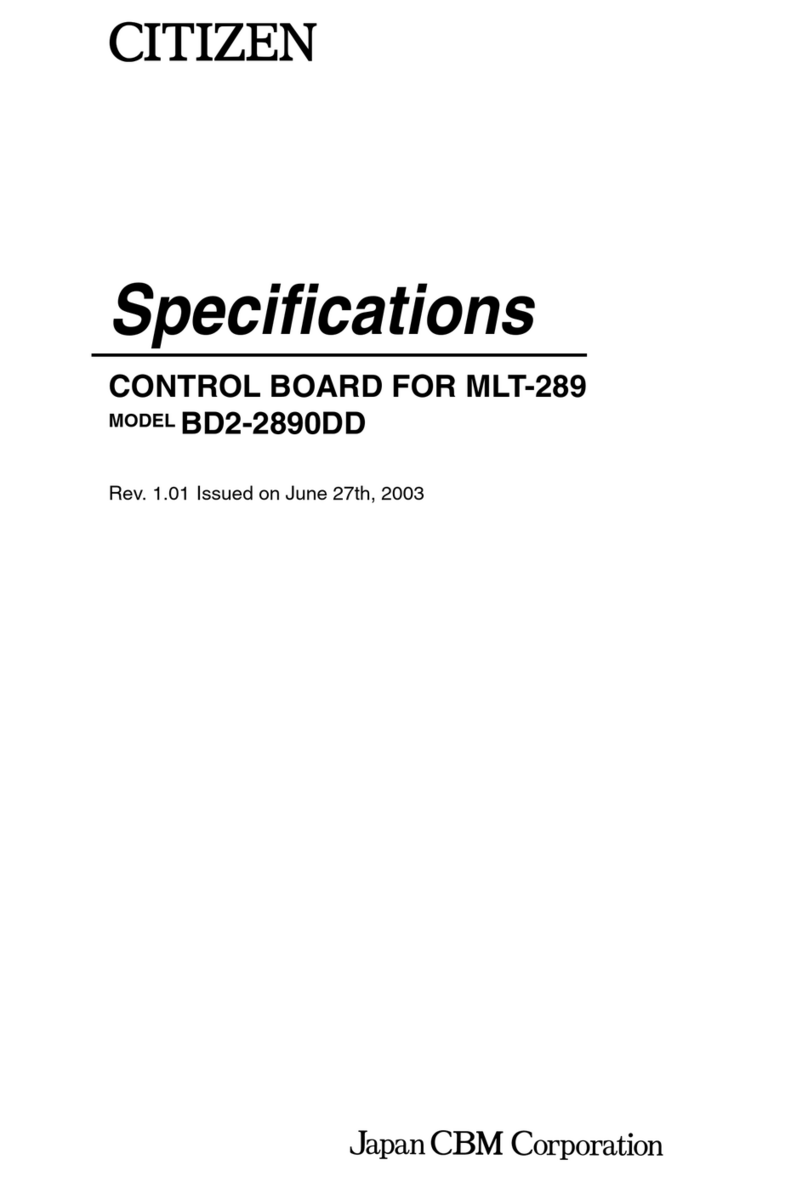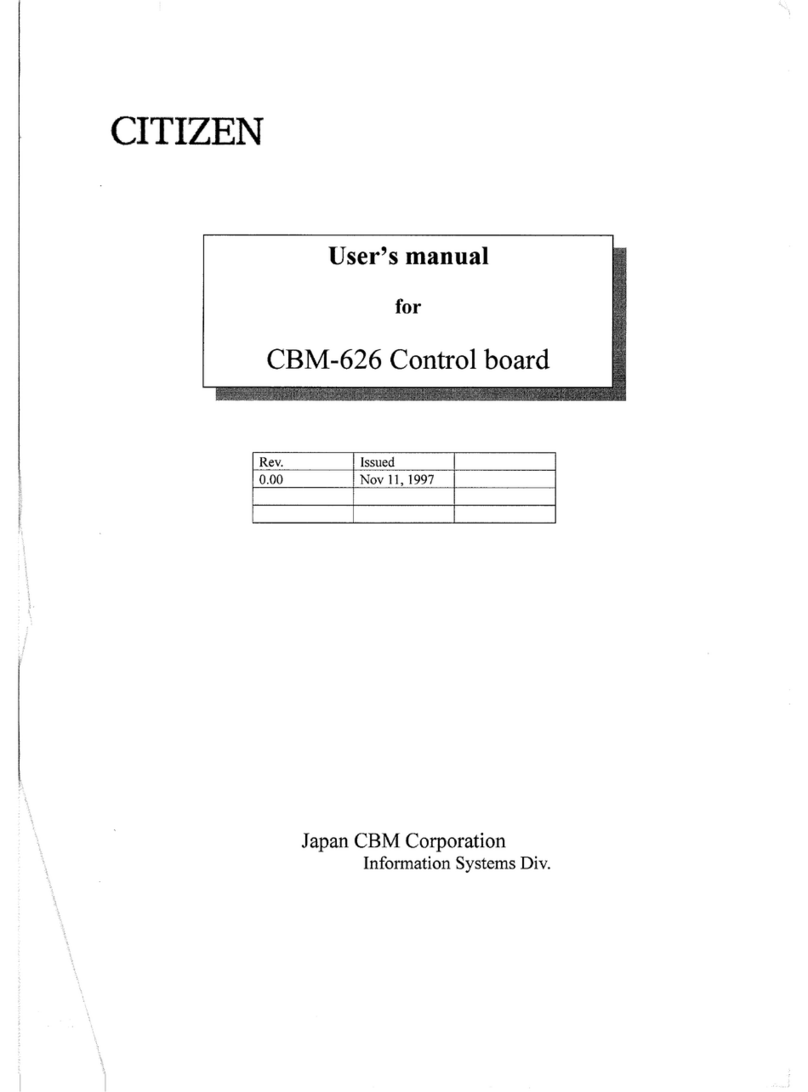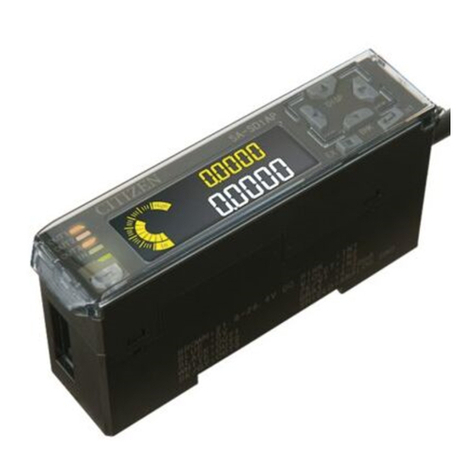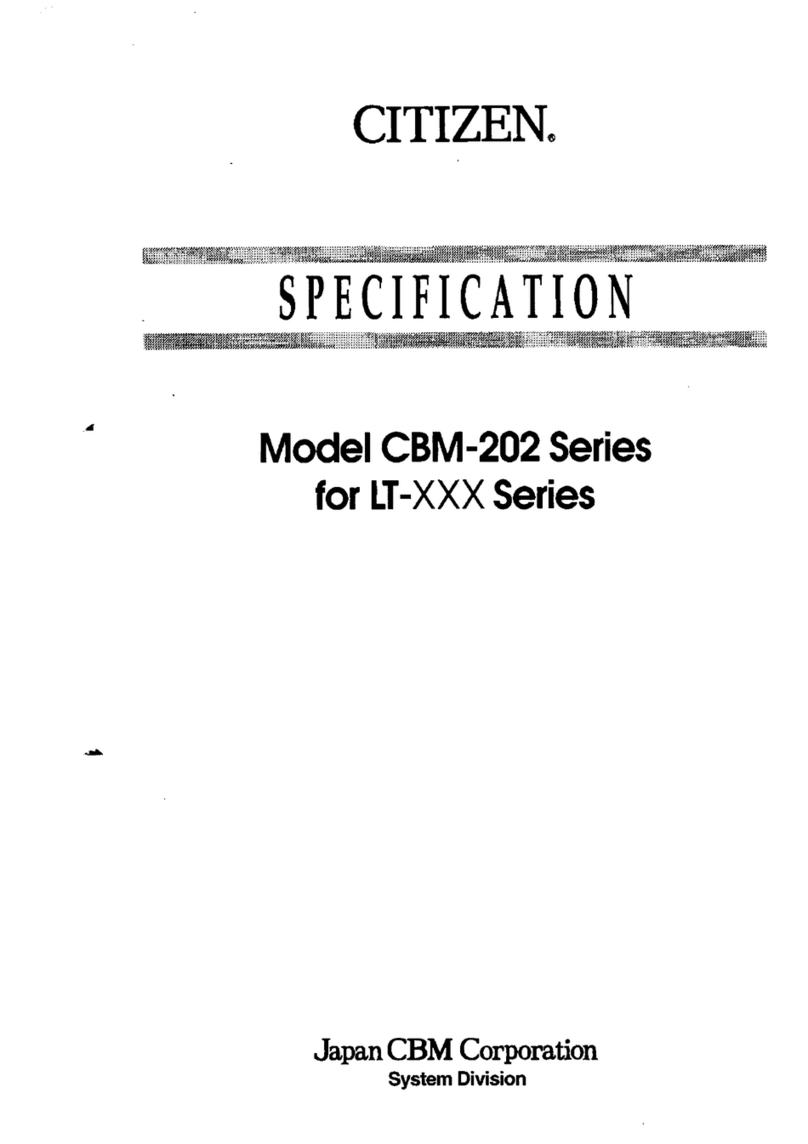ii
1. General Specifications .................................................................................................................................................... 1
1.1 LSI Package.............................................................................................................................................................. 1
1.2 LSI Type ................................................................................................................................................................... 1
1.3 Printing functions ..................................................................................................................................................... 1
1.4 Control functions...................................................................................................................................................... 2
1.5 Operating voltage ..................................................................................................................................................... 2
1.6 Oscillation frequency ............................................................................................................................................... 2
2. Electrical Characteristics ............................................................................................................................................... 3
2.1 Absolute maximum ratings ...................................................................................................................................... 3
2.2 Operating range ........................................................................................................................................................ 3
2.3 Characteristics of LSI............................................................................................................................................... 4
2.4 Pin configurations .................................................................................................................................................... 5
3. Description of signals ...................................................................................................................................................... 8
3.1 Description of control signals .................................................................................................................................. 8
3.2 Description of communication signals .................................................................................................................. 14
3.3 Description of printer control signals .................................................................................................................... 17
3.4 Description of control functions ............................................................................................................................ 18
4. Control commands ........................................................................................................................................................ 19
4.1 Print command ....................................................................................................................................................... 19
4.2 Cancel command .................................................................................................................................................... 19
4.3 Enlarged character.................................................................................................................................................. 19
4.4 Power down control ............................................................................................................................................... 19
4.5 ESC control ............................................................................................................................................................ 23
5. Character code table ..................................................................................................................................................... 24
5.1 International character codes ................................................................................................................................. 24
5.2 Japanese character codes........................................................................................................................................ 26
CBM-909PC Series User’sManual
CONTENTS
